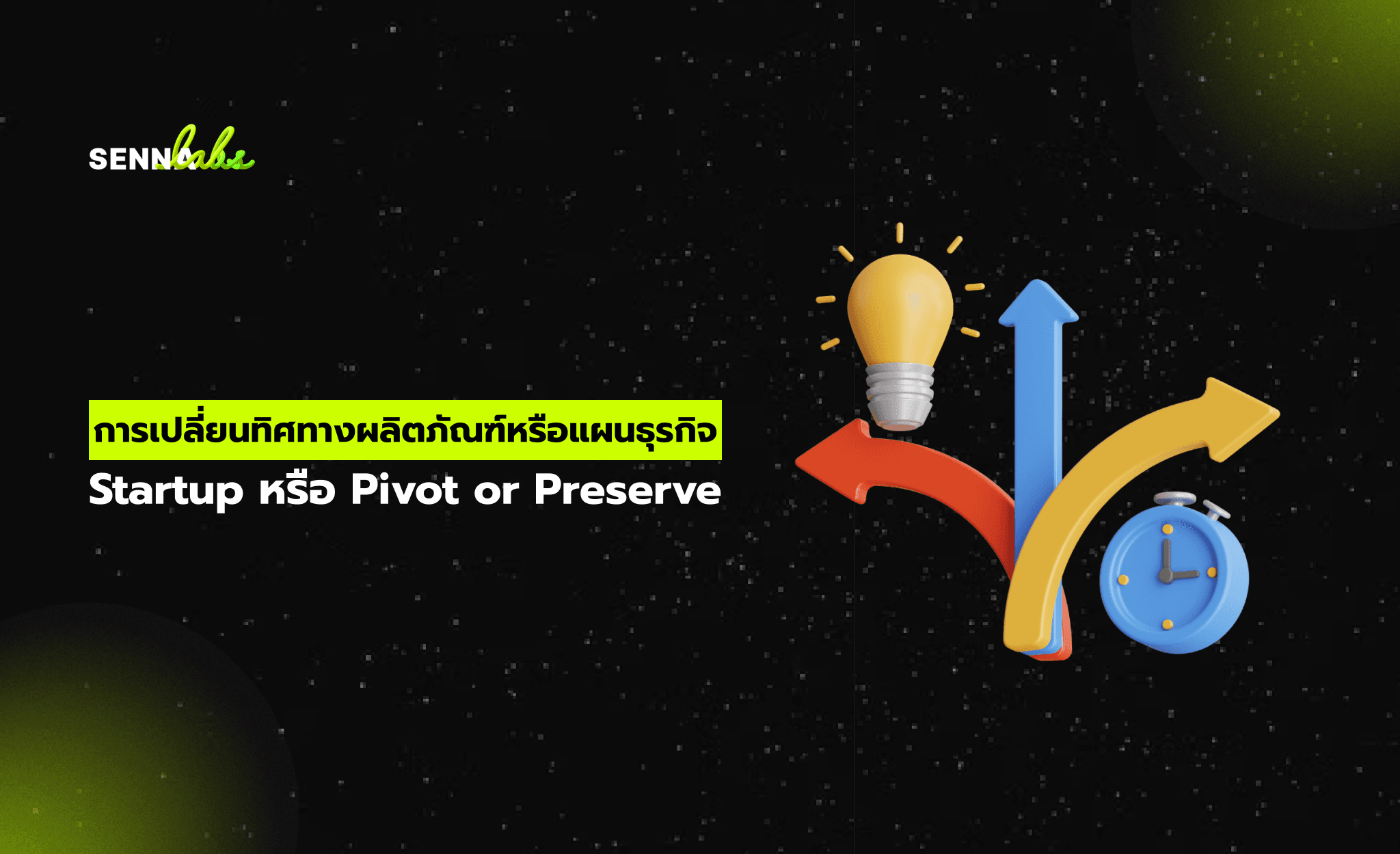Custom Project Management Software for SMEs
Share

Managing projects efficiently is one of the biggest challenges for small and medium-sized enterprises (SMEs), especially in service-based industries such as marketing agencies, consulting firms, and creative studios. Without a structured system, businesses often struggle with missed deadlines, lack of accountability, and inefficient team collaboration, leading to project delays and loss of productivity.
A custom project management tool enables SMEs to assign tasks, track project progress, and set deadlines in a structured and transparent manner. By centralizing workflows, businesses can reduce project delays, improve team collaboration, and enhance overall efficiency.
This article explores the importance of custom project management software for SMEs, key features, and how it enhances operations for marketing agencies and consulting firms.

Why SMEs Need a Custom Project Management System
Off-the-shelf project management software often comes with generic features that may not align with an SME’s unique workflows. A custom-built project management system provides tailored solutions that enhance productivity, streamline communication, and improve accountability within teams.
Key Benefits of Custom Project Management Software for SMEs
-
Improved Task Management and Assignment
-
Assigns tasks to specific team members with clear roles and responsibilities.
-
Provides task prioritization to ensure urgent work is completed first.
-
Real-Time Project Tracking and Progress Monitoring
-
Tracks milestones, deadlines, and dependencies for multiple projects.
-
Provides visual project dashboards with real-time updates.
-
Enhanced Team Collaboration
-
Facilitates team discussions, file sharing, and centralized communication.
-
Eliminates the need for long email threads and fragmented communication tools.
-
Deadline and Workflow Automation
-
Sends automated reminders for upcoming deadlines and overdue tasks.
-
Automates approval workflows to reduce manual intervention.
-
Integrated Reporting and Performance Analytics
-
Generates productivity reports, time tracking data, and resource allocation insights.
-
Helps managers identify bottlenecks and improve efficiency.
-
Client Collaboration and Project Transparency
-
Allows clients to track project progress via a dedicated dashboard.
-
Enables direct feedback submission for faster revisions and approvals.
-
Scalability for Business Growth
-
Supports multiple projects, teams, and remote workers.
-
Adapts to expanding business needs with additional customization options.
Essential Features of a Custom Project Management Tool
1. Task and Workflow Management
-
Assigns tasks based on priority, deadlines, and dependencies.
-
Creates custom workflows for different types of projects.
2. Kanban Boards and Gantt Charts
-
Provides visual task tracking for easy project management.
-
Helps break down complex projects into manageable phases.
3. Team Collaboration and Communication Tools
-
Integrates with chat, file-sharing, and video conferencing tools.
-
Allows real-time commenting and feedback on tasks.
4. Time Tracking and Resource Allocation
-
Tracks billable hours and non-billable work.
-
Helps businesses allocate resources efficiently.
5. Deadline and Notification System
-
Sends automated reminders and alerts for due tasks.
-
Notifies team members of project updates and changes.
6. Reporting and Performance Analytics
-
Generates weekly, monthly, and project-specific reports.
-
Helps businesses analyze performance and optimize workflows.
7. Client Portal for Project Updates
-
Provides real-time project tracking access for clients.
-
Enables file uploads, feedback submission, and approvals.
Use Case: Task Tracking System for a Marketing Agency
Challenges Faced by the Agency Before Implementing Project Management Software
-
Lack of Task Ownership and Accountability
-
Team members struggled with unclear task assignments, leading to missed deadlines.
-
-
Disorganized Communication
-
Project updates were scattered across emails, spreadsheets, and chat apps.
-
-
Difficulty in Tracking Project Timelines
-
Managers had no clear visibility into task progress and team workloads.
-
-
Delayed Client Approvals and Revisions
-
Clients had no direct way to review project updates, causing delays in approvals.
-
How a Custom Project Management Tool Solved These Issues
-
Centralized Task Assignment and Progress Tracking
-
Each project had a dedicated Kanban board showing assigned tasks and deadlines.
-
Team members received automated task notifications and reminders.
-
Integrated Communication and File Sharing
-
Project discussions, files, and feedback were stored in one platform.
-
Eliminated email clutter and fragmented communication.
-
Automated Workflows and Deadline Alerts
-
Automated reminders helped teams stay on schedule.
-
Reduced manual follow-ups for overdue tasks.
-
Client Dashboard for Transparent Project Updates
-
Clients could review project progress in real time and submit feedback instantly.
-
Faster approvals reduced project turnaround times by 40%.
Results After Implementation
-
30% increase in project completion efficiency, reducing delays.
-
40% improvement in team collaboration, with fewer miscommunications.
-
50% faster client approvals, streamlining project turnaround times.
-
Better visibility into workload distribution, reducing team burnout.
How to Choose the Right Project Management Software for Your SME
-
Identify Business Needs and Customization Requirements
-
Choose software that aligns with your project workflows and team structure.
-
Ensure Scalability and Integration Capabilities
-
The platform should integrate with CRM, invoicing, and collaboration tools.
-
Look for User-Friendly Design and Mobile Accessibility
-
Employees should be able to easily navigate and access the system from anywhere.
-
Check for Automation and AI Features
-
AI-powered insights can help predict project delays and optimize workflows.
-
Verify Security and Data Protection Measures
-
The software should offer role-based access control and encrypted storage.
Common Mistakes SMEs Should Avoid When Implementing a Project Management System
-
Not Customizing the Platform to Fit Workflows – A generic tool may lack the necessary features for your business.
-
Overcomplicating the System with Unnecessary Features – Choose a solution that keeps workflows simple and effective.
-
Failing to Train Employees on the New System – Proper onboarding ensures higher adoption rates and efficiency.
-
Ignoring Automation and Deadline Tracking – Automated reminders prevent overdue tasks and improve accountability.
-
Not Integrating with Existing Business Tools – A disconnected system can create workflow inefficiencies.
Conclusion
A custom project management system is essential for SMEs looking to improve task tracking, enhance collaboration, and ensure project deadlines are met. By integrating real-time progress tracking, team communication, and workflow automation, businesses can increase efficiency and client satisfaction.
For marketing agencies and consulting firms, custom-built project management software ensures better task ownership, faster approvals, and higher productivity, ultimately leading to smoother operations and long-term business success. Investing in the right project management solution is a key step in optimizing workflow efficiency and scaling a business effectively.

Share

Keep me postedto follow product news, latest in technology, solutions, and updates
Related articles
Explore all


